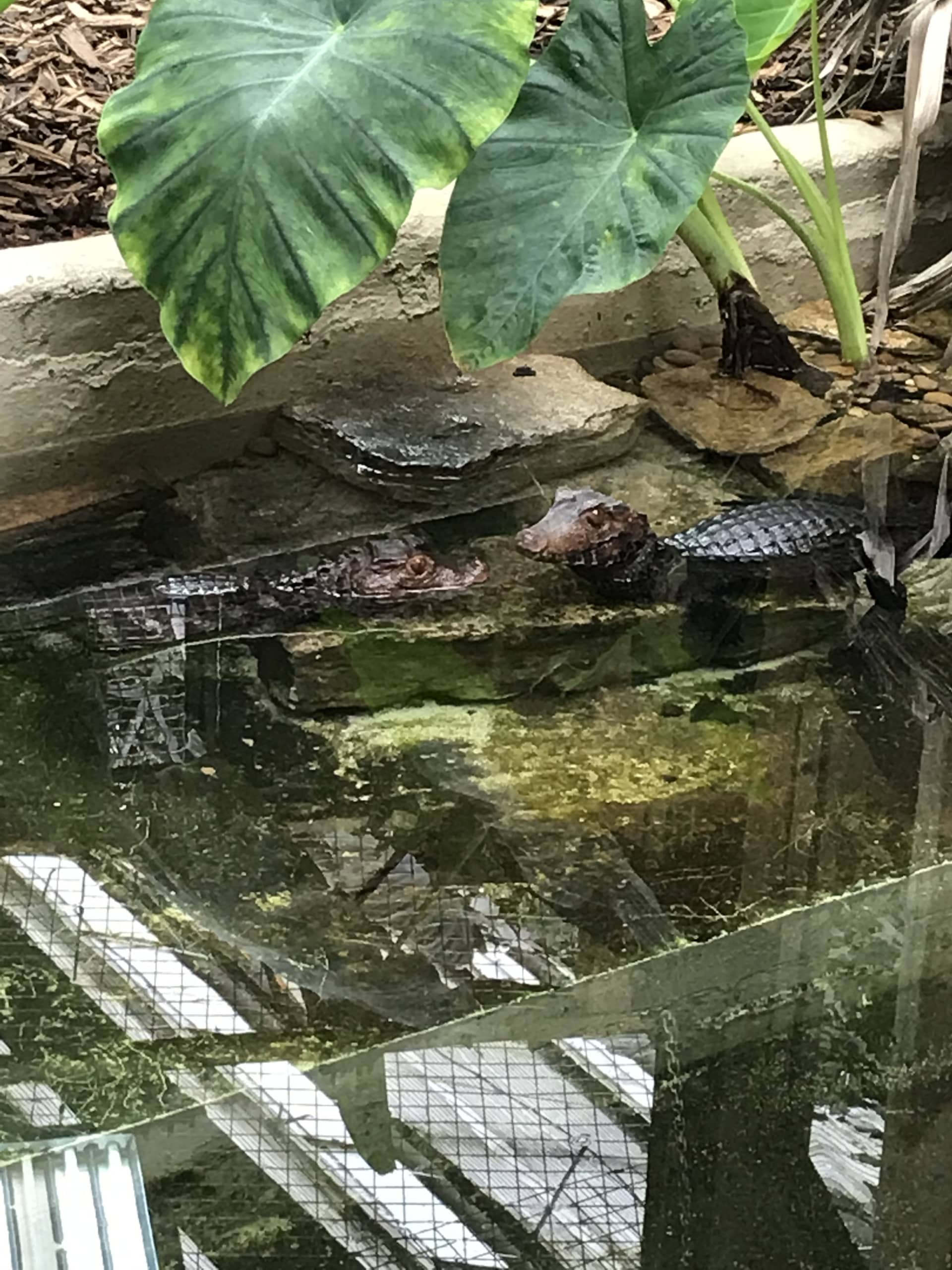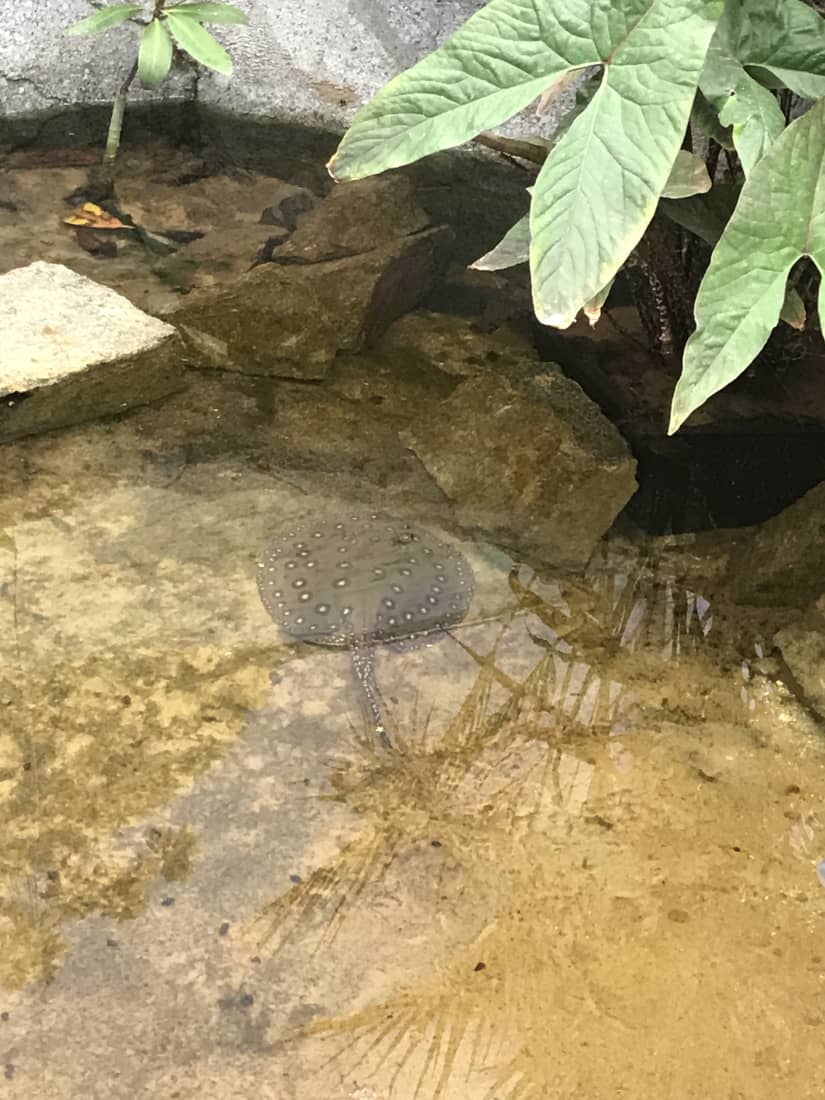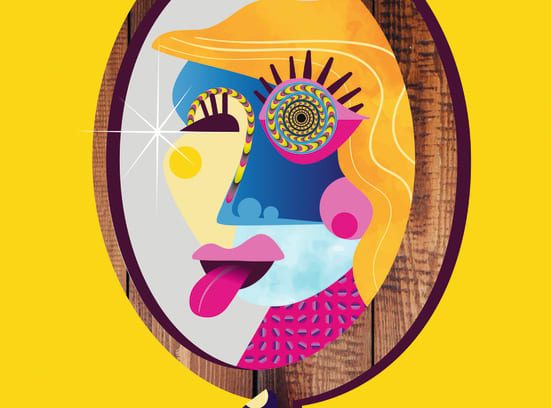The Living Rainforest has two new residents, male Cuvier’s dwarf caiman (Paleosuchus palpebrosus). They moved into their “forever” home during lockdown to give them time to become familiar with their sumptuous new surroundings before the visitors returned. This cheeky pair were confiscated from the pet trade and for the first 18 months lived at a zoo in Birmingham. They were growing fast and running out of space so The Living Rainforest agreed to take over their care. Arriving last year they had to be quarantined for 6 months, in a specifically designed quarantine area.
Tina our Animal Curator said “We fundraised whilst the pair were in quarantine and raised enough to build a lovely new exhibit in the heart of our largest glasshouse, Amazonica”.
The Living Rainforest staff recently collected two female fresh water sting ray pups from London Sealife centre. The young two stingray pups have gone straight into their interim exhibit in small islands. They are currently a little nervous and unsure of their surroundings tending to hide a lot but they will soon get familiar with their new home. Freshwater stingray have a decreasing population in the wild specifically as they are caught for the pet trade. Breeding stingray in captivity and educating people about it can stop this from happening. The IUCN cannot give them a designation of how endangered they are as not enough research and data has been gathered on their populations. These young pups will grow and when larger they will go into our main aquarium and join our other female freshwater stingray, Lana.
Fischer’s turaco
The Living Rainforest is proud to announce the arrival of a baby Fischer’s turaco. Fischer’s turaco are near threatened in the wild and are native to riverine forest and woodland in Kenya, north-eastern Tanzania and southern Somalia. Only 4 others have been reared in the last 12 months in zoos globally, this means this little individual is very important to the future breeding programmes of this species. Mum laid two eggs mid-June, only one was fertile and hatched on 6th July. The youngster is being reared by both parents. The youngster fledged on 27th July and since then can be seen bouncing around the branches and strengthening wing muscles. As yet we do not know the gender and will have to do a DNA test as both sexes look similar. We are hoping to pair this youngster up with a bird from another zoo and create a new breeding pair.











